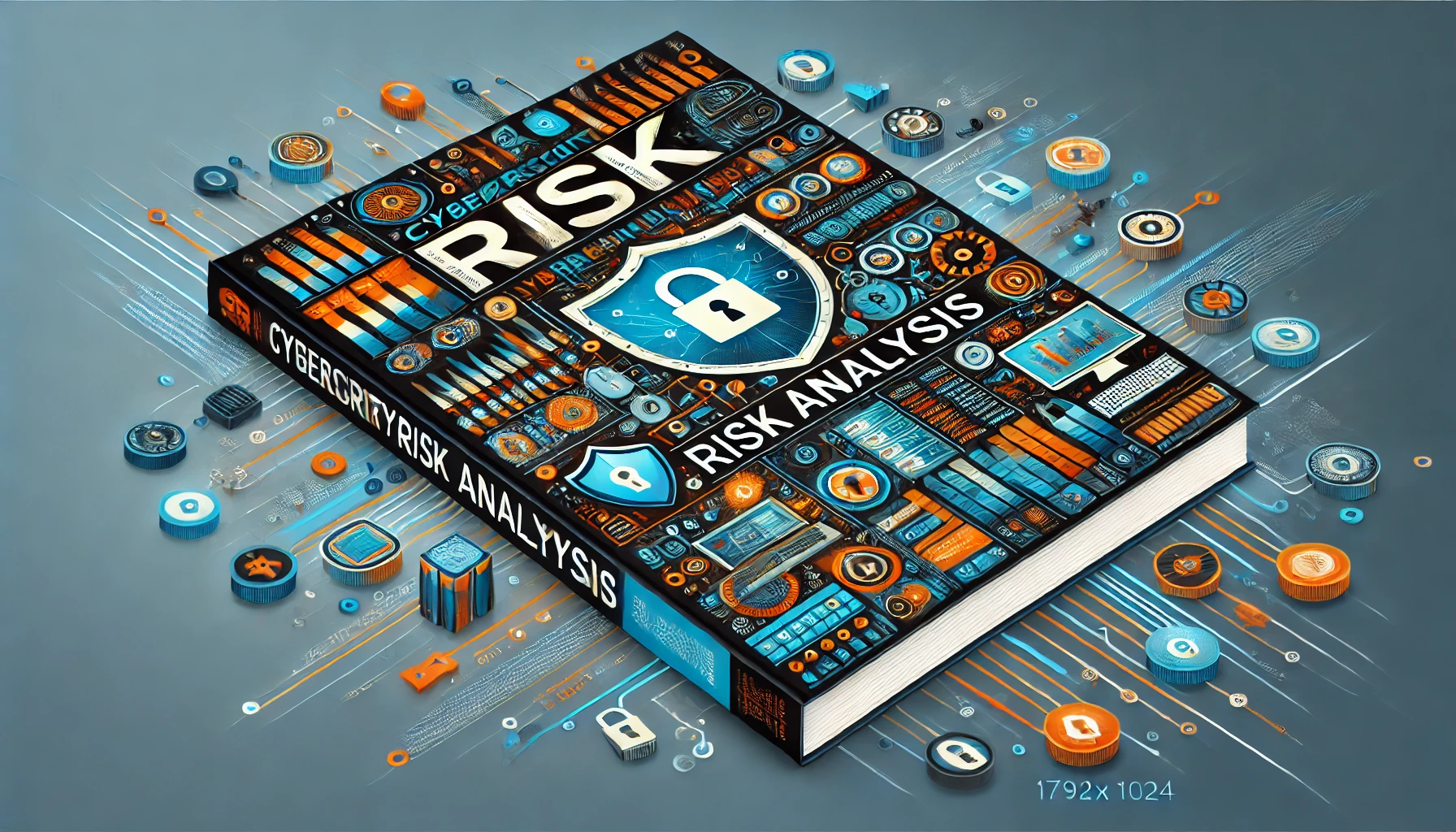
Introduction
Welcome to Secure Debug’s cybersecurity blog! In this post, we will delve into the fascinating world of Cyber Risk Quantification (CRQ). As organizations continue to face increasing cyber threats, understanding and quantifying the potential risks becomes paramount. CRQ provides a systematic approach to measure and assess these risks, enabling businesses to make informed decisions to protect their assets.
What is Cyber Risk Quantification?
Cyber Risk Quantification is the process of assigning a numerical value to cyber risks, allowing organizations to prioritize and manage them effectively. By quantifying risks, businesses gain a clearer understanding of the potential impact and likelihood of cyber incidents. This data-driven approach helps decision-makers allocate resources, implement appropriate security controls, and prioritize risk mitigation efforts.
The Benefits of Cyber Risk Quantification
1. Enhanced Risk Awareness: CRQ provides a holistic view of an organization’s cyber risk landscape, enabling stakeholders to identify vulnerabilities and understand potential consequences.
2. Informed Decision Making: Quantifying cyber risks empowers organizations to make data-driven decisions when it comes to investing in security measures, insurance coverage, and incident response planning.
3. Resource Allocation: CRQ allows businesses to allocate resources efficiently by focusing on high-impact risks. This ensures that investments are directed towards areas where they will have the most significant impact on reducing cyber risk.
Implementing Cyber Risk Quantification
The CRQ process involves several key steps:
- Identify Assets: Begin by identifying the critical assets within your organization that are most susceptible to cyber threats. This includes systems, data, intellectual property, and any other valuable digital assets.
- Threat Assessment: Evaluate the potential threats and vulnerabilities that could impact your assets. Consider factors such as the likelihood of an attack, the sophistication of potential adversaries, and the existing security controls in place.
- Impact Analysis: Determine the potential impact of a successful cyber attack on your organization. This includes financial losses, reputational damage, operational disruptions, and regulatory penalties.
- Risk Quantification: Assign numerical values to the identified risks based on their likelihood and impact. This step involves utilizing various risk assessment methodologies and frameworks.
- Continuous Monitoring and Review: Cyber risks evolve over time, so it’s crucial to regularly reassess and update your risk quantification models. This ensures that your organization stays prepared for emerging threats.
Conclusion
Cyber Risk Quantification is a powerful tool that enables organizations to proactively manage their cyber risks. By quantifying risks, businesses gain a deeper understanding of their vulnerabilities and can make informed decisions to protect their assets effectively. Implementing CRQ is an ongoing process that requires continuous monitoring and adaptation to evolving cyber threats. Secure Debug is here to assist you in navigating the complex world of cyber risk quantification and developing a robust risk management strategy. Stay secure!
Stay Connected with Secure Debug
Need expert advice or support from Secure Debug’s cybersecurity consulting and services? We’re here to help. For inquiries, assistance, or to learn more about our offerings, please visit our Contact Us page. Your security is our priority.
Join our professional network on LinkedIn to stay updated with the latest news, insights, and updates from Secure Debug. Follow us here.







